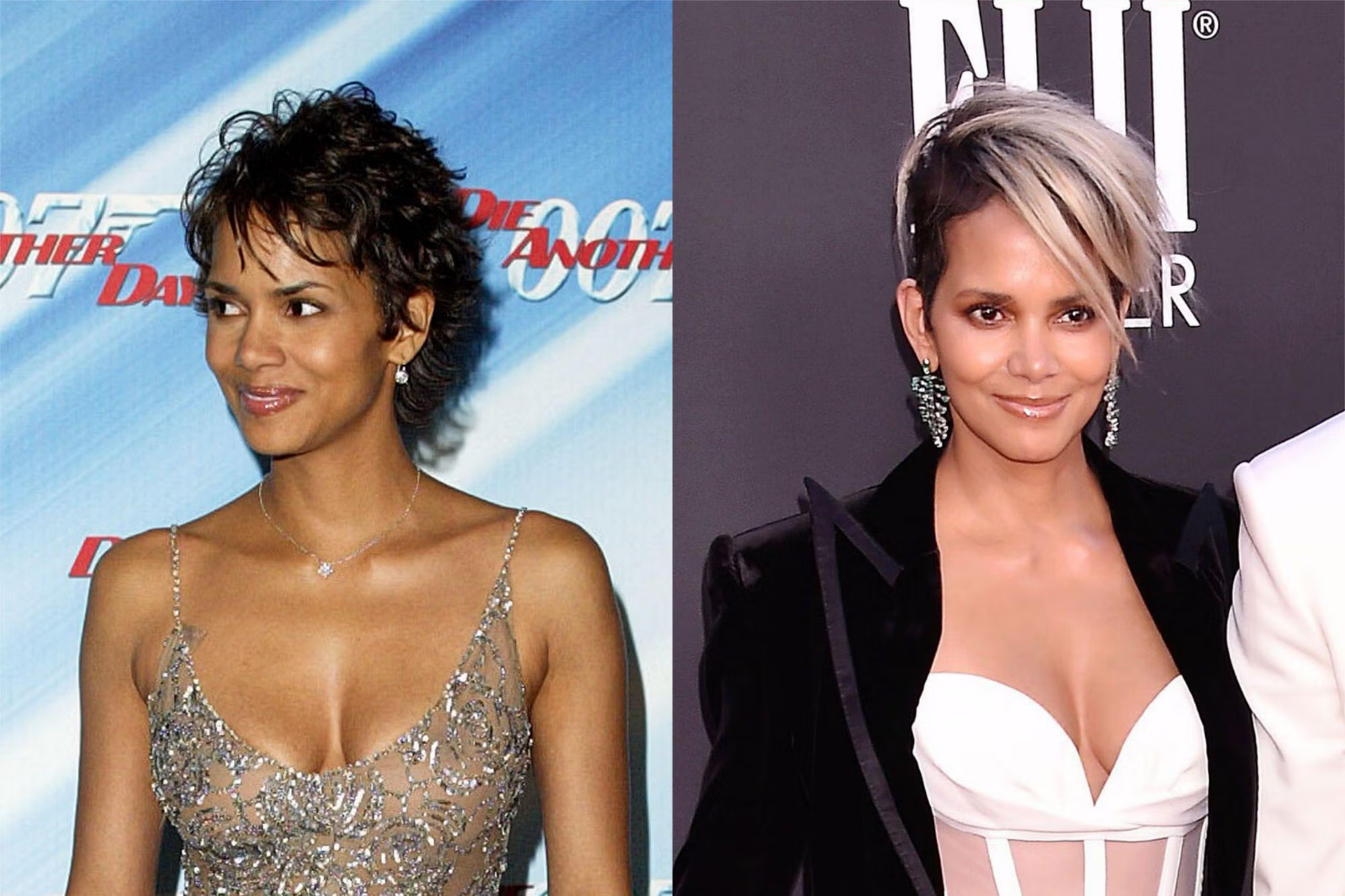radicalthought.org – The pixie cut has been a prominent feature in the world of women’s hairstyles for decades, evolving with each passing era while maintaining its status as a symbol of boldness and elegance. This short, chic hairstyle has been embraced by countless icons, each leaving their mark on the pixie cut’s rich history. From the 1920s to the present day, the pixie cut has undergone various transformations, reflecting the shifting cultural and fashion landscapes.
The 1920s: The Birth of the Pixie Cut
Louise Brooks and the Bob Revolution
The pixie cut’s origins can be traced back to the 1920s, a decade marked by significant social and cultural changes. It was during this time that actress Louise Brooks popularized the bob, a precursor to the modern pixie cut. Her signature look, characterized by its blunt cut and sleek silhouette, set the stage for the pixie cut’s evolution.
The 1960s: Twiggy and the Youthquake
The Iconic Twiggy Pixie
The 1960s brought about a youth-led cultural revolution, and at the forefront was model and actress Twiggy. Her gamine features and ultra-short pixie cut became the epitome of the era’s mod style. Twiggy’s pixie cut was characterized by its sharp lines and boyish charm, making it an instant classic.
The 1970s: Androgyny and Experimentation
David Bowie and the Alien Pixie
The 1970s were a time of androgyny and experimentation, with musicians and celebrities pushing the boundaries of fashion and gender norms. David Bowie, with his Aladdin Sane persona, popularized a more androgynous take on the pixie cut, showcasing its versatility and its ability to transcend traditional gender expectations.
The 1980s: Power and Precision
Annie Lennox and the Power Pixie
In the 1980s, the pixie cut became a statement of power and precision. Annie Lennox of the Eurythmics popularized a sleek, angular version of the pixie cut, which complemented the decade’s bold fashion and music scene. Her look was emblematic of the era’s confidence and assertiveness.
The 1990s: Grunge and Minimalism
Winona Ryder and the Grunge Pixie
The 1990s saw the rise of grunge and minimalism, and actress Winona Ryder’s pixie cut became synonymous with the era’s laid-back yet edgy aesthetic. Her tousled, choppy pixie cut was both effortless and impactful, reflecting the decade’s rejection of excess.
The 2000s: Modern Icons and Red Carpet Glamour
Halle Berry and the Red Carpet Pixie
In the 2000s, the pixie cut continued to evolve, with celebrities like Halle Berry bringing it to the red carpet. Berry’s pixie cut was glamorous and sophisticated, showcasing the style’s versatility and its ability to adapt to high-fashion environments.
The 2010s: Diversity and Personal Expression
Emma Watson and the Eco-Friendly Pixie
The 2010s were marked by a focus on diversity and personal expression, with the pixie cut being embraced by women of all ages and backgrounds. Emma Watson’s pixie cut became a symbol of eco-friendly and conscious living, aligning with the decade’s emphasis on sustainability and social responsibility.
The 2020s: The Pixie Cut Today
Current Trends and Celebrity Inspirations
Today, the pixie cut remains a popular choice among women seeking a bold and low-maintenance hairstyle. Celebrities like Charlize Theron and Zoë Kravitz continue to inspire with their unique takes on the pixie cut, proving that the style is as relevant and versatile as ever.
Conclusion
The pixie cut’s journey through the ages is a testament to its enduring appeal and versatility. From the 1920s to the present day, the pixie cut has been reimagined and reinvented, reflecting the shifting cultural and fashion landscapes. As we look to the future, it’s clear that the pixie cut will continue to be a powerful statement of style and individuality.
